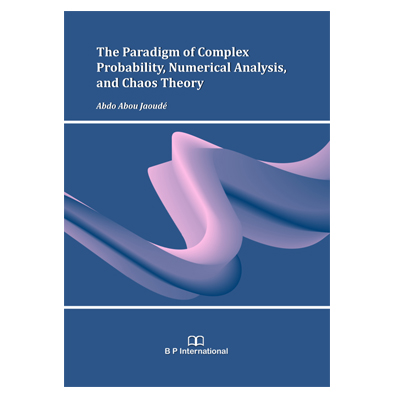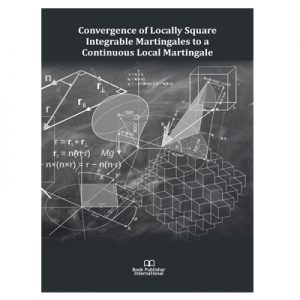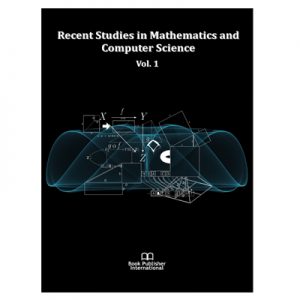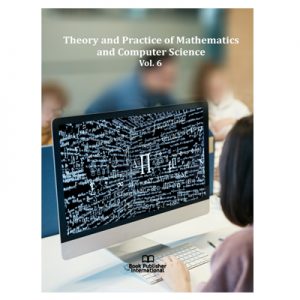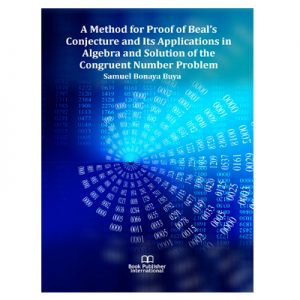The present book is a relatively small historical summary that will give us an introduction on the development of chaos theory as well as of numerical analysis, before thoroughly studying their essential theorems and examining their diverse applications. I was helped here by Wikipedia in order to achieve this task. Chaos theory began in the field of ergodic theory. Later studies, also on the topic of nonlinear differential equations, were carried out by George David Birkhoff, Andrey Nikolaevich Kolmogorov, Mary Lucy Cartwright and John Edensor Littlewood, and Stephen Smale. Except for Smale, these studies were all directly inspired by physics: the three-body problem in the case of Birkhoff, turbulence and astronomical problems in the case of Kolmogorov, and radio engineering in the case of Cartwright and Littlewood. Although chaotic planetary motion had not been observed, experimentalists had encountered turbulence in fluid motion and nonperiodic oscillation in radio circuits without the benefit of a theory to explain what they were seeing. I believe that the topics chosen in the current chapters of this book have served the purpose to introduce and to illustrate the original and pioneering complex probability, numerical analysis, and chaos theory paradigm. Actually, the subject is very broad and could be developed certainly in many research papers and manuals and works. Thus, four chapters are merely a preface and an introduction to this exciting, profound, and modern field of mathematics and knowledge.
The Paradigm of Complex Probability, Numerical Analysis, and Chaos Theory
Abdo Abou Jaoudé
Department of Mathematics and Statistics, Faculty of Natural and Applied Sciences, Notre Dame University-Louaize, Lebanon.
Book Details
| Author(s) | Abdo Abou Jaoudé |
|---|---|
| Pages | 165 |
| Publisher | B P International |
| Language | English |
| ISBN-13 (15) | 978-81-972831-2-3 (Print) |
| Published | April 26, 2024 |

